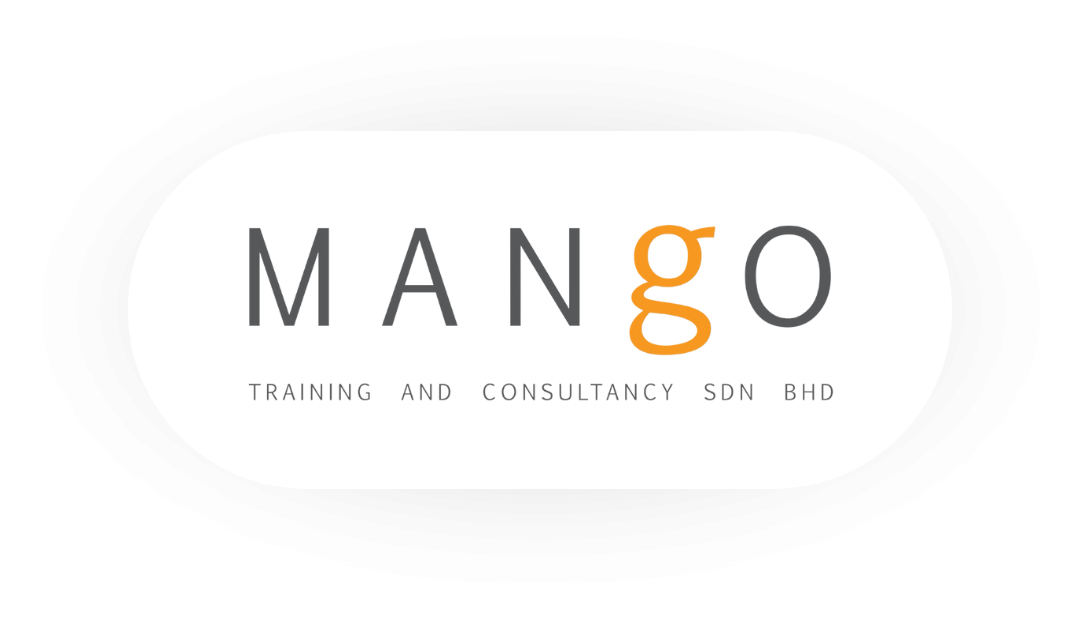Storytelling. It's a buzzword in business communications. Storytelling can engage an audience much more than a boring informational presentation. But can you remember the last time someone told a story in a more formal work context? Sure, we tell stories all the time about our weekly adventures informally. But why is it that telling stories in a more formal business context is so difficult?
Here are what I think are the three main reasons, and some practical steps to get you storytelling at work.
Here are what I think are the three main reasons, and some practical steps to get you storytelling at work.
Challenge #1 Finding Stories
Many people feel they don't have any story to tell. Or rather they feel that they don't have an interesting story to tell.
Take some time to find your stories.
Solution
Well, the good news is that a story doesn't need to involve climbing K2 or crossing the Atlantic in a canoe. The most powerful stories can involve simple events. Spend some time listing down memorable stories from your professional or personal life. Think of stories that might illustrate your challenges, successes, failures, and changes. What learning point did you take away from each experience? Try and have at least five or six stories. Don't make every story about your success - people might find that inauthentic. Similarly, don't make every story about a failure - people might start to doubt your credibility! The trick is to have a balance of stories that showcase you as the rounded person you are.
Note: Finding stories might lead you to some powerful insights about who you are!
Challenge #2 Connecting the Story to Business
Many people I've spoken to are afraid that their story will seem disconnected from the business context.
Solution
Ensure that your story has a clear connection back to the business case at the end. You can make this clear by including your learning point and why it matters. For example, imagine you told the story of how not sharing information caused a project to fail. You could hook your story back to the context by saying:
"So, why am I telling you this? Well, I feel that open sharing of information is critical. I would like to encourage us to work together using our latest collaborative tools."
You could then begin your presentation about the collaborative tool with a bit more emotional buy-in.
Challenge #3 Telling the Story
Learn to tell your story as a story.
A third challenge is that some people feel they need to have a deep gravelly voice to tell a great story. While that might help, it's a pretty unrealistic goal for many of us. Here are some simple things you can do to increase your audience engagement.
Solutions
Use Pauses
Pausing will help your audience take in the message and anticipate what you are going to say next. This will build suspense and get your audience more engaged. As storytelling legend David JP Phillips explains, suspense can help release dopamine in your audience's brain which can make them more focused.
Change Pace
Change the pace of the story. Just like a great film, your story can have pacey action. But it also needs slower moments. When you really slow down, people will really focus on what you are saying. Try slowing down for powerful moments in your story to increase empathy and engagement.
Never Step Out of Story Mode
Never step out of story mode mid-way through your story. An example of this might be overexplaining a technical part of your story or even making a comment about your own story, like:
"Hang on guys! I'm getting to the good bit!".
Stepping out of story mode is a bit like when something totally unrealistic happens in a movie or TV series. You are immediately transported back to your sofa at home and are likely to switch off or be super critical.
Master Your Story
Learn to master your storytelling by practicing it over and over again. Try it out with your family. Over dinner. With friends. Try it in front of the mirror. Watch how other great storytellers tell their stories.
So, start finding your stories today. Learn how to connect the learning from your story to the business context. And finally, learn how you can tell your story as a performance. After all, everyone loves a good story.

